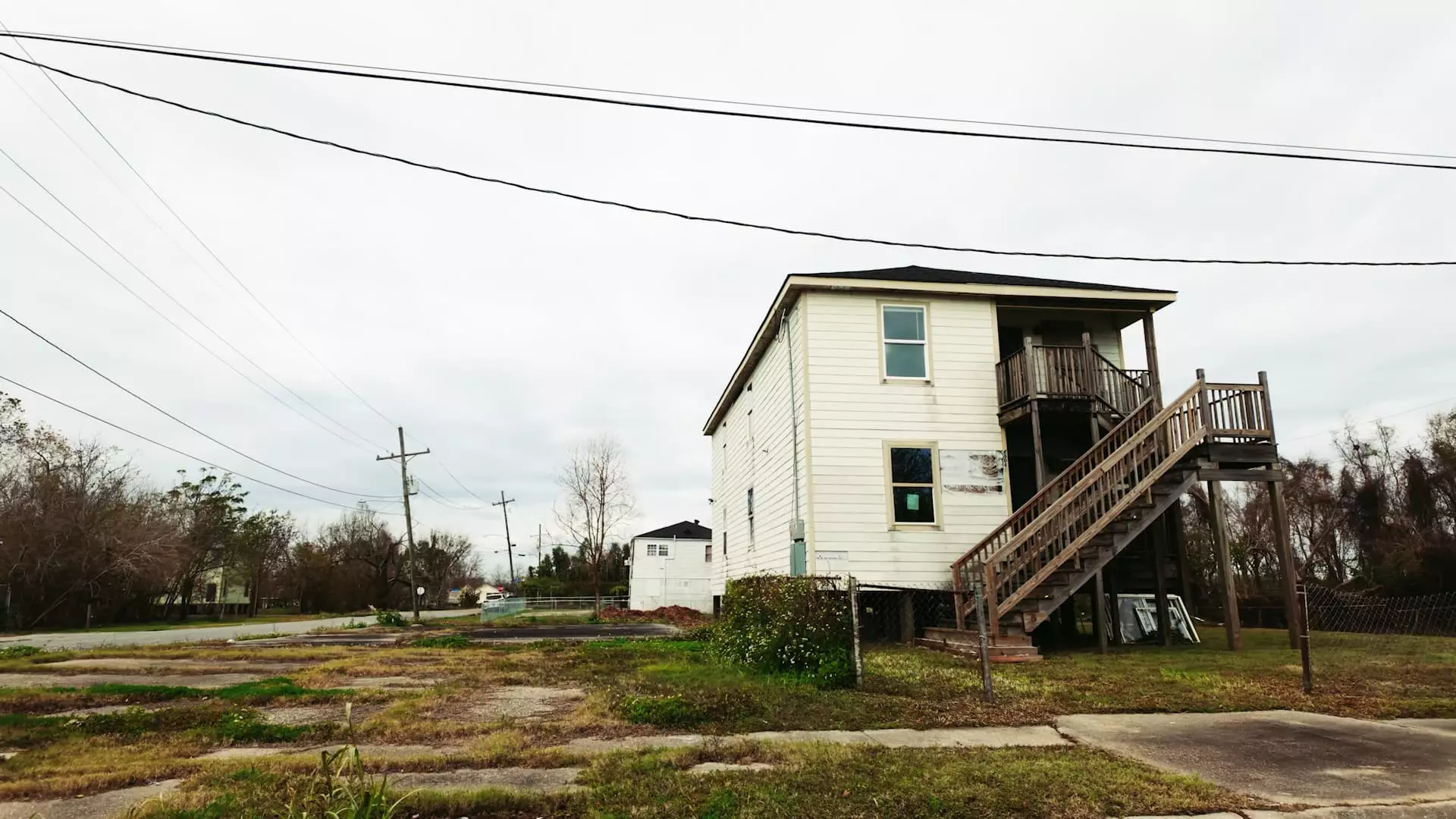New Orleans, a vibrant city known for its rich culture and history, found itself grappling with an unprecedented humanitarian and infrastructural crisis in the wake of Hurricane Katrina in 2005. This tropical cyclone, dubbed the costliest in U.S. history, resulted in catastrophic flooding, loss of life, and extensive property damage. As of now, nearly two decades later, the city’s journey of recovery and rebuilding is both a testament to resilience and a reflection of the ongoing struggles many residents face.
The hurricane inflicted damages estimated at a staggering $201.3 billion when adjusted for inflation, leading to the loss of over 1,800 lives and displacing millions. The repercussions of the storm decimated neighborhoods, with approximately 25% of New Orleans’ housing stock left abandoned in its aftermath. Calvin Alexander, a resident of the Lower Ninth Ward—among the hardest-hit areas—illustrates the painful realities of recovery by pointing to the skyrocketing property values that followed the disaster. With only a third of the original residents returning, the neighborhood bears witness to the complexities of urban rebirth.
In the years that followed Katrina, the total population of New Orleans has not returned to pre-storm levels. The city, still reeling from economic and social repercussions, faces daunting challenges that affect its municipal budget and public services. In contrast, regions situated on higher ground, like parts of the Lower Ninth Ward, have seen a significant increase in property values, leaving some community members grappling with affordability issues.
The dramatic rise in housing prices underscores the socioeconomic divide exacerbated by the disaster. Residents like Calvin Alexander have experienced a staggering 266% increase in their property value since the hurricane, while home prices in the larger metro area have surged approximately 71%. This sharp escalation contrasts sharply with national trends in housing costs, which have increased more modestly at around 84%.
The implications of these soaring housing prices are twofold. On one hand, they reflect a revitalization effort by new homebuyers and developers; on the other, they signify a potential displacement of long-standing residents who can no longer afford to live in their historical neighborhoods. The lingering economic disparities threaten to erode the cultural tapestry that makes New Orleans unique.
In response to the devastation, federal and state governments allocated over $9 billion to assist homeowners through initiatives like the “Road Home Program.” However, this program has faced criticism for its convoluted application process and its negative impact on low-income homeowners. Laura Paul of lowernine.org argues the shortcomings of property assessments that were based on pre-storm evaluations rather than on actual damage incurred. By using outdated data, the program unintentionally marginalized many residents, leaving them without adequate funds to facilitate rebuilding efforts.
The consequence of such policies resonates in the current economic statistics; New Orleans has reported lower household incomes and higher poverty rates compared to national averages. The cyclical nature of poverty, housing instability, and inadequate infrastructure further complicates the recovery narrative, perpetuating a system where resources are scarce for those who need them most.
Post-Katrina efforts also extended to major infrastructure improvements, with approximately $15 billion invested in more resilient drainage systems, pumping stations, and levees to safeguard communities from future disasters. However, some of these engineering interventions may inadvertently contribute to land subsidence, exacerbating the very risks they were designed to mitigate. The Treasury Department’s warnings about rising insurance premiums further complicate recovery for residents who may find it difficult to afford adequate coverage in vulnerable areas.
Despite the irony of these challenges, there is optimism rooted in the economic benefits of such investments. Glenn Ledet of the Coastal Protection and Restoration Authority highlighted that for every dollar spent on hurricane protection systems, the state enjoys a $7 return on investment. With ambitious plans to spend an estimated $50 billion over the next five decades to maintain and enhance storm damage risk reduction systems, officials are taking significant steps forward.
Yet, there is a pressing need to do more. Collaborative efforts aimed at elevating homes and addressing the multifaceted challenges facing communities in the path of storms must continuously evolve if New Orleans is to reclaim its status as a resilient and thriving city.
The tale of New Orleans post-Hurricane Katrina is a complex saga of hope, hardship, and healing. While there are notable advancements in infrastructure and property values, the struggle for housing affordability and economic equity remains at the forefront of the conversation. To truly comprehensively rebuild New Orleans, both the community and the authorities must work hand in hand to address deep-rooted inequalities and ensure that recovery efforts benefit all residents, ensuring that the spirit of resilience inherent to this city can flourish once more.

